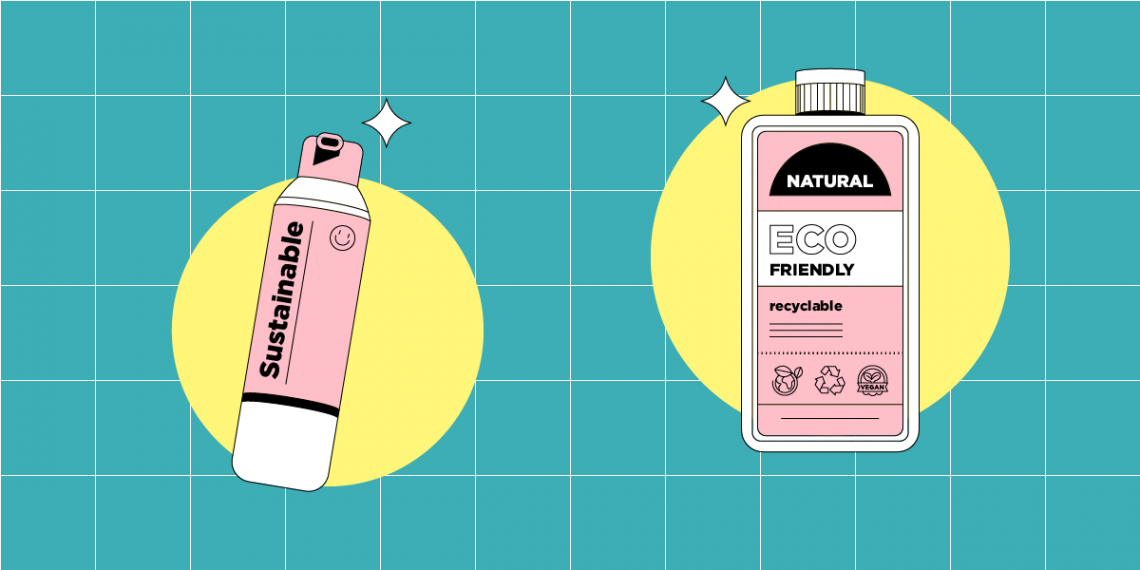We are facing serious consequences of climate change, water scarcity, depletion of ocean, desertification, deforestation, the list goes on and on. We are running out of space and resources. Seems that we weren’t thinking about the long-term effects of our actions, but were blinded by the short-term bliss. The estimated rise of the world population to 10billion by 2050. will need an increase of 70% in food production. Judging by the current situation that seems kind of far-fetched without some serious innovations in the food industry and our presumptions about food. About 30% of the impact that we have on Earth comes from what we eat, and 80% of that is of animal-based products.
The protein made from air
Might sound like something from a sci-fi movie but it’s not. A group of researchers outside Helsinki, Finland have been doing just that – growing protein out of air. Solar Foods is cleantech, a food tech company. In their quest for a more sustainable world, they’ve been working on growing Solein – a single cell protein.
It all starts in a fermenter, just like brewing and wine-making. But instead of sugars, hydrogen is used, made with electricity and carbon dioxide. Nutrients and minerals are added as well to obtain the right nutrition value we need. The liquid is dried and the created powder consists of 65% protein, 15% dietary fibers and 5% fatty acids.
Plants have been using a similar process for millions of years, just instead of electricity, they use sunlight. Once again we’ve found inspiration in nature, in this simple yet complex process of photosynthesis.
Solar Foods mission is to disrupt the industry. This innovation has a huge potential of growing food in isolated areas where hardly any food can be grown as well as in space. If we compare the impact this process of growing food has on the environment, we will easily be persuaded that this might be the most sustainable food ever grown. Compared to plant-based proteins, it has just 1/10 of an impact, and just 1% compared to animal products.
From horizontal to vertical
Vertical gardening still hasn’t become mainstream but we are seeing and hearing a lot more about it. This innovative approach proves once again that we don’t need that much space nor resources to grow food. The prices might still be high for such a way of gardening, but considering that it is locally grown, you end up saving a lot of time and money on cutting the supply-chain short.
It is a great way to grow food either for your own needs or for sale. Restaurants are starting to catch up with this trend and are either buying from a local supplier or even getting their own vertical garden. It is also a great idea for schools because it can be used for educational purposes.
The Netherlands is famous for innovations of all kinds and genius use of space and resources. They’ve built the largest research facility of this kind in Eindhoven, the Philips GrowWise Centre. It is the first large-scale commercial vertical farm in Europe with a total growing surface of 234m2.
Another innovative approach to vertical gardening is FarmPod – vertical gardening with an aquaponics twist. Its main ingredient is fish. These gardens consist of 2 compartments – upstairs where the plants are, and downstairs where fish are. The poop from fish provides the plants with nutrients through water that circulates back to the fish tank. It uses around 95% less water than traditional farming.
Different technologies are used to make sure that the plants get the best possible care. It uses less water and creates less pollution, and thanks to LED lights you can create just the right amount, combination and spectrum of light for each plant, providing it with perfect growing conditions. The prices of LED lights are also going down, and solar panels are becoming more affordable which will boost the adoption of vertical gardening even more.
3D printer cuisine
If you can 3D print a house or an organ, why not be able to 3D print food? It was just a matter of time before someone got the idea to try it out. Cooked with lasers with deposited ingredients in specific patterns and everything controlled with software. Experience familiar foods but with new textures and shapes. Since you need to grind the ingredients into a paste in order for the 3D printer to use it, besides it being cool and fun it can help reduce a lot of waste. Food can be recycled and not only that but otherwise uncommon ingredients and food sources could be added to the mix to enrich the flavor, nutritional value and help in a more sustainable approach to food production.
Algae, being one of the “greenest” crops, source of protein and carbon dioxide sequester, grown year-round, could easily be added in any mix, enriching it with proteins and other essential acids. Previously mentioned, solein powder could also be used in 3D printing, which could be a win-win for both innovations – introducing the powder seamlessly into commercial use on one side, and providing the 3D printed dish with nutrients. Another great candidate and a sustainable food source would be lab-grown meat, where the 3D printer would help in creating the right texture of the meat since the flavor is already there. This brings us to our next food innovation.
Lab-grown, slaughter-free meat
Probably the most humane way of growing meat products and reducing emissions and other pollutants caused by animal farms. But is it artificial or real meat? Well for starters, no animal needs to be killed. It is grown out of real animal cells taken from animal tissue. The stem cells are isolated, injected with a serum to encourage them to multiply and then fed with proteins to create the differentiation between muscle and fat. This all sounds like a simple process, but perfect conditions need to be created in order for these cells to multiply. But it is not impossible. Just Foods is doing a great job of creating cultured chicken meat that tastes just like any other chicken you’ve tried. And Aleph Farm has even created a steak. Memphis Meats aims to create a variety of different meat products to satisfy different needs and preferences because different meats are consumed differently across the world.
From the traditional point of view where meat comes from farms and animal slaughter, this is an artificial way and nothing else. But from the scientific point of view, meat is meat, only this way it is humane and created to support a sustainable future. Legislation and regulation of lab-grown meat are still in their beginning phases, but why wouldn’t it become not only mainstream but perhaps the only source of meat we consume? The first approval of commercial use was in the restaurant “1880” in Singapore and judging by the experience, there’s no reason it shouldn’t be part of our everyday diets.
Innovations can provide great solutions but it is up to us to accept them and try them out. As we can see, there are plenty of alternatives for our shortages of food, and for overcoming all obstacles agriculture and farming are facing. Although we cannot yet imagine a world without traditional ways of growing food, remember that there once was a time where we couldn’t imagine all the benefits the Internet brought us. The world is changing, and perhaps now more than ever it is of essence to disconnect food production from agriculture and animal farming in the traditional ways and make room for innovations that will build a sustainable world.






